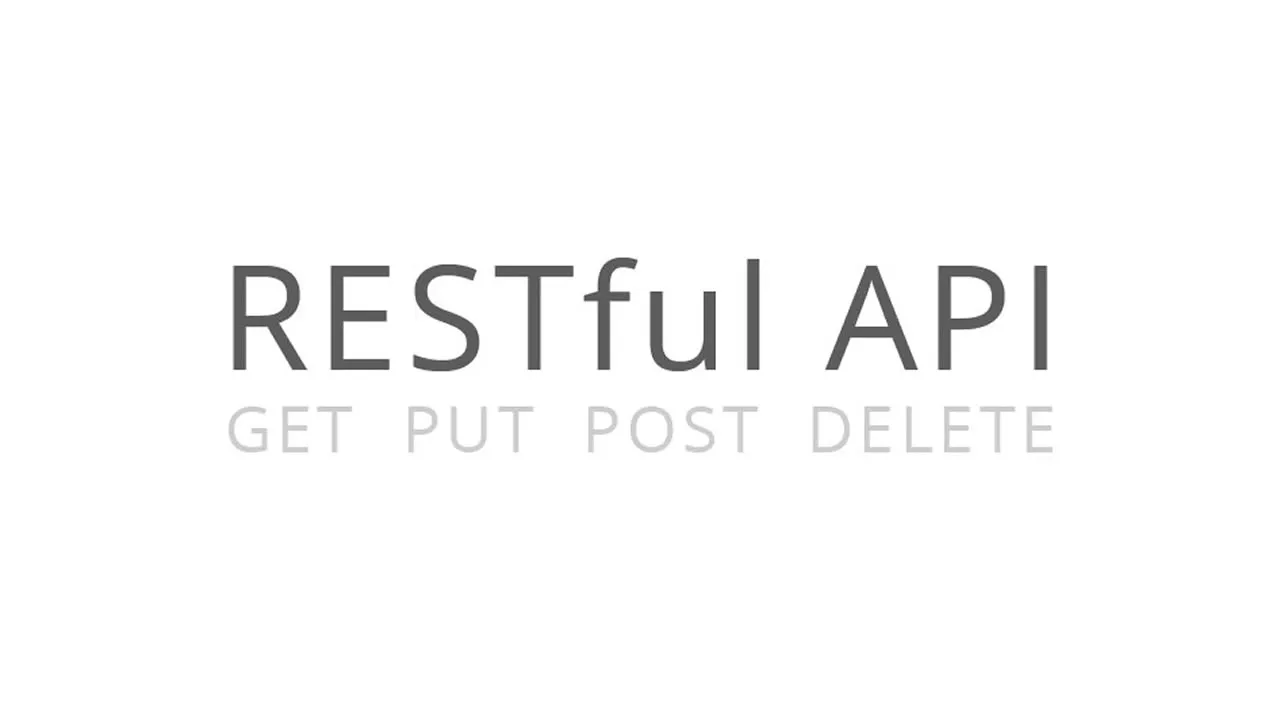I’ve been working with RESTFul APIs for some time now and one thing that I love to do is to talk about APIs.
So, today I will show you how to build an API using the API-First approach and Design First with OpenApi Specification.
First thing first, if you don’t know what’s an API-First approach means, it would be nice you stop reading this and check the blog post that I wrote to the Farfetchs blog where I explain everything that you need to know to start an API using API-First.
Preparing the ground
Before you get your hands dirty, let’s prepare the ground and understand the use case that will be developed.
Tools
If you desire to reproduce the examples that will be shown here, you will need some of those items below.
- NodeJS
- OpenAPI Specification
- Text Editor (I’ll use VSCode)
- Command Line
Use Case
To keep easy to understand, let’s use the Todo List App, it is a very common concept beyond the software development community.
Disclaimer
I will hide some information to keep easy to read from the gist files, but at the end of this post, I will share the Github repository link, so you can access the full content.
Get your hands dirty
Now that you already have your environment with the needed dependencies, let’s have some fun and start to see the things happening.
The first step is to create the entry point file for the OpenAPI specification and add some content to this file.
openapi: 3.0.0
info:
title: Todo App API
description: Todo App API.
version: v1
contact:
email: 'nicolas.tcs@hotmail.com'
name: 'Nicolas Takashi'
paths:
#... there more content here.
The file above is a very simple representation of an OpenAPI document, just to introduce you to the concept.
OpenAPI is a self-explanatory notation, but if you don’t know how this works yet, I recommend to use the Oficial documentation to support you during the spec design process.
Writing Path Objects
The Path Object holds the relative paths to each endpoint and their operations, let’s add a file named tasks.yaml that should look like that.
get:
operationId: get-tasks
summary: Returns a paged list of tasks.
description: Returns a paged list of active tasks
tags:
- Tasks
parameters:
- $ref: '../../parameters/page-parameters.yaml#/components/parameters/page'
- $ref: '../../parameters/page-parameters.yaml#/components/parameters/pageSize'
responses:
'200':
description: Success
content:
application/json:
schema:
$ref: '../../schemas/pagedTask.yaml#/components/schemas/PagedTask'
post:
operationId: create-task
summary: Create a task
description: Create a new task
tags:
- Tasks
requestBody:
required: true
content:
application/json:
schema:
$ref: '../../schemas/task.yaml#/components/schemas/Task'
responses:
'201':
description: Created
headers:
Location:
description: 'Location of the created task /tasks/{id}'
schema:
type: string
Above you can see that was added two operations, that will enable the Todo List API to create a task and get a paged list of tasks.
Now we can add the operation to enable the API to remove a task, find one specific task, and update a task, to do that we must to create a new file named tasks-with-id.yaml and add the following content.
get:
operationId: get-task
summary: Get task by id
description: Return a task
tags:
- Tasks
parameters:
- in: path
name: id
description: Task id
required: true
schema:
type: string
format: uuid
responses:
'200':
description: Success
content:
application/json:
schema:
$ref: '../../schemas/task.yaml#/components/schemas/Task'
put:
operationId: update-task
summary: Update a task
description: Update a task
tags:
- Tasks
parameters:
- in: path
name: id
description: Task id
required: true
schema:
type: string
format: uuid
requestBody:
required: true
content:
application/json:
schema:
$ref: '../../schemas/task.yaml#/components/schemas/Task'
responses:
'202':
description: No Content
delete:
operationId: delete-task
summary: Delete a task
description: Delete a task
tags:
- Tasks
parameters:
- in: path
name: id
description: Task id
required: true
schema:
type: string
format: uuid
responses:
'202':
description: No content
Probably you can understand almost everything as described in the file above, but I believe the $ref notation deserves some explanation.
#api #restful #programming #developer
